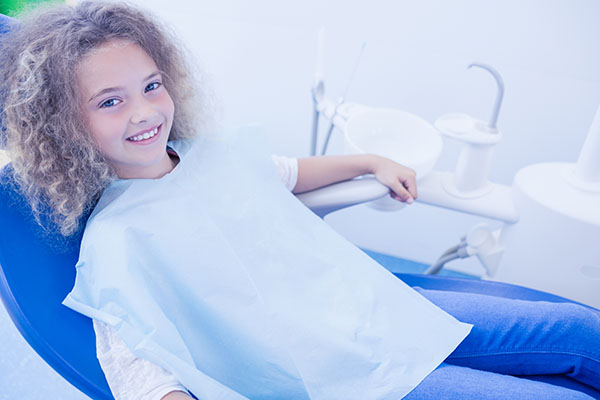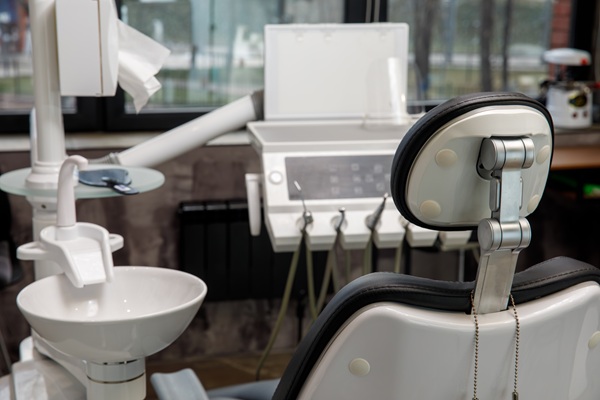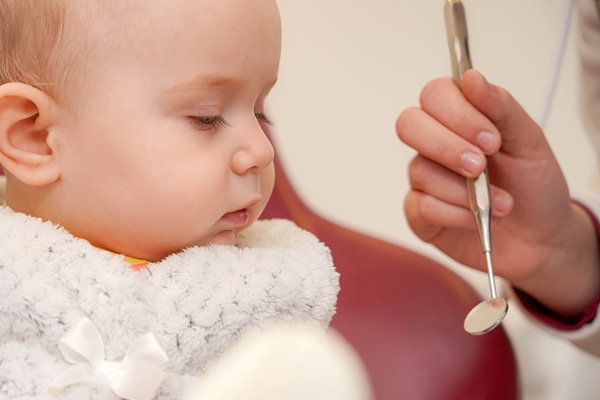 Starchy foods often lead to damages from cavities. Children love to eat. Diet seems to play a significant role in a child’s dental health. Telling your child not to eat sweets is only half the battle. The real targets are starchy foods. If you want to find out some pediatric dentistry information regarding starchy foods, here are the details.
Starchy foods often lead to damages from cavities. Children love to eat. Diet seems to play a significant role in a child’s dental health. Telling your child not to eat sweets is only half the battle. The real targets are starchy foods. If you want to find out some pediatric dentistry information regarding starchy foods, here are the details.
What starch is
Starch is a type of carbohydrate. It is one of the body’s immediate sources of energy. Pediatric dentists do not recommend cutting out starchy foods from a child’s diet. Doing so will deprive the child of an important macronutrient.
Starch is a natural component found in many natural food items. It is also in many processed products. These may be handy and convenient, but the child’s teeth suffer later on. This results in extensive pediatric dentistry procedures.
Why starch is bad for a child’s teeth
Every mouth has bacteria. These organisms feed on starches. Plaque forms when bacteria gather on the teeth. This is a thin film that coats the teeth after eating.
It is sticky and difficult to remove through brushing. Only a pediatric dentistry cleaning can strip it away. Plaque attacks the enamel of teeth. It then forms into tartar or dental calculus if the pediatric dentist does not remove it right away.
Bacteria feed mostly on sugars. That is why parents often limit candy consumption. Yet, even if the child does not eat sweets, sugars can still be present in the child’s mouth through starchy foods. Starch breaks down into simple sugars. That is why some starchy foods are harmful to oral health.
Ordinary brushing cannot remove the plaque that adheres to teeth. The longer plaque lingers, the higher the child’s risk is for demineralization, gum disease, and cavities. These will cause serious oral problems for the child. Such issues will then need more invasive pediatric dentistry treatments.
Starchy foods to remove from the grocery list
Sugary, chewy candies are attractive to children. These items are colorful, making them difficult to ignore. Many brands of these sweet treats dominate the candy shelves of grocery stores everywhere. Popular ones are marshmallows, taffy, toffee, and caramels.
Children love them because they are chewy and tend to linger in the mouth. Daily consumption of these sweets can make them more difficult to brush off. Routine pediatric dentistry checks can remove the collected plaque on the child’s teeth. Eating chewy candy every day can lead to more pediatric dentistry treatments in the future.
Eating pasta, bread, and chips should be in moderation. Pediatric dentists recommend brushing right away after consuming these foods. The starch particles left in between teeth break down into sugars. By then, bacteria start to eat the sugars and damage the child’s teeth. Brushing teeth after each meal is a good habit to form early in life.
Pediatric dentistry information about starchy foods can help you pinpoint which foods to limit in the home
Children need a good foundation for dental health. It is up to you to monitor what they eat every day. Starchy foods are ideal food sources for bacteria in your child’s mouth. A routine pediatric dentistry appointment can also help maintain your child’s oral health.
Request an appointment or call Parkside Pediatric Dentists at 925-504-4011 for an appointment in our Concord office.
Related Posts
Pediatric dentists need pediatric dentistry tools to examine and treat their young patients. A child’s mouth has a simple environment. Basic pediatric dentistry tools can help the dentist perform oral examinations. If you are going to bring your child to a dental exam for the first time, here are the pediatric dentistry tools to expect.This…
Dental sealants can improve your child’s pediatric dental health. Baby teeth may be temporary, but they are important. Primary teeth act as guides for the emergence of adult teeth. If you want to know how pediatric dental sealants can protect your child’s teeth against cavities, here are the details.Pediatric dentists paint a liquid sealant on…
Your pediatric dentist can answer your questions about pacifier use and thumb-sucking. All newborns need to suck. It is an instinctive behavior for feeding. For some infants, sucking is calming and soothing. This adorable behavior can use thumbs or pacifiers. If you want to know more about pacifier use and thumb-sucking, here are some questions…


